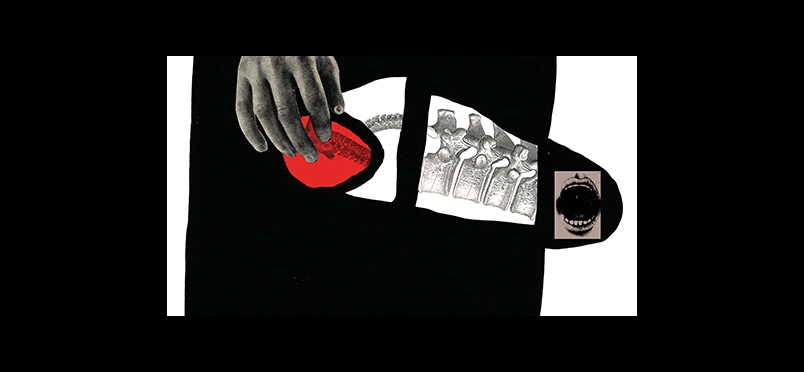| back pain
Can We Grow Replacement Spinal Discs?

Results from New Animal Trials Suggest Tissue Engineering may be Possible Soon
Results from the largest animal model trial yet undertaken suggest the feasibility of using engineered living tissue to create replacement spinal discs to treat neck and back pain from disc deterioration. The study on goats was performed by researchers from the Perelman School of Medicine in concert with the School of Veterinary Medicine at University of Pennsylvania. Tissue engineered replacement discs have been in development by Penn researchers for the last 15 years and involve combining the host’s own stem cells with biomaterial scaffolds to create composite structures that can be implanted. Co-senior author Robert Mauck, PhD, professor for Education and Research in Orthopedic Surgery at the Perelman School commented “This is a major step: to grow such a large disc in the lab, to get it into the disc space, and then to have it to start integrating with the surrounding native tissue. The current standard of care does not actually restore the disc, so our hope with this engineered device is to replace it in a biological, functional way and regain full range of motion.”
Current treatment approaches for spinal disc deterioration include mechanical replacement devices or spinal fusion surgery which, while affording some symptomatic relief, do not restore the structure, function or range of motion of the original spinal structure. The Penn team’s work builds on prior successes in rat models with implantation of engineered discs called disc-like angle ply structures or DAPS in rat tails. The latest advance, called endplate-modified DAPS or eDAPS assist in retaining the composition of the replacement disc and encouraging its integration into native tissue. Working with goats, having similar spinal disc dimensions to humans, the team demonstrated successful total disc replacement in the cervical spine. Co-senior author Harvey Smith, MD, associate professor of Orthopedic Surgery and Neurosurgery at the Perelman School remarked “I think it’s really exciting that we have come this far, from the rat tail all the way up to human-sized implants. There is a lot of desirability to implant a biological device that is made of your own cells.” The work was reported in Science Translational Magazine.
Read about the study.
The journal abstract may be read here.
Other Categories:
Did you enjoy this article?
Subscribe to the PAINWeek Newsletter
and get our latest articles and more direct to your inbox
